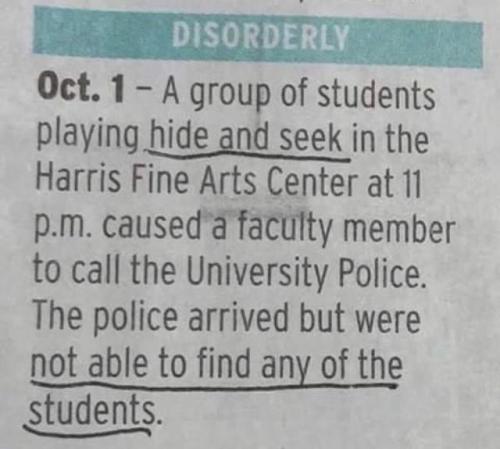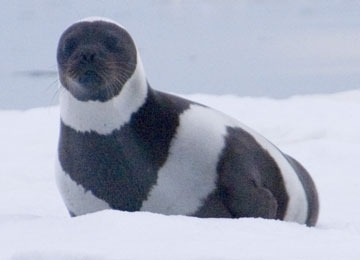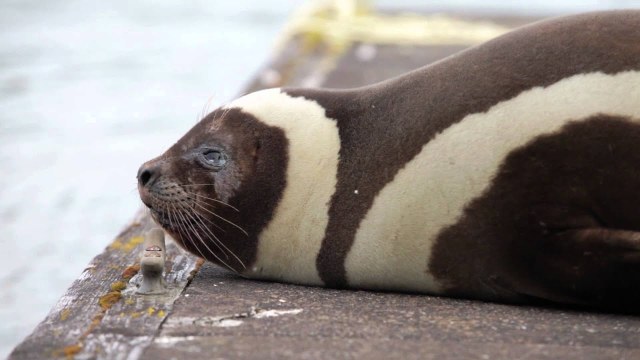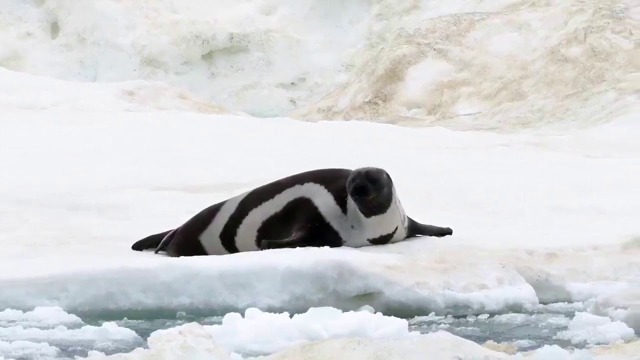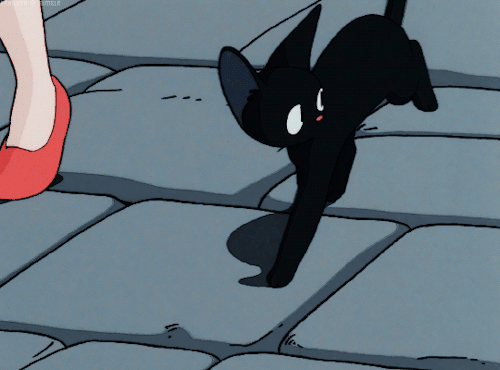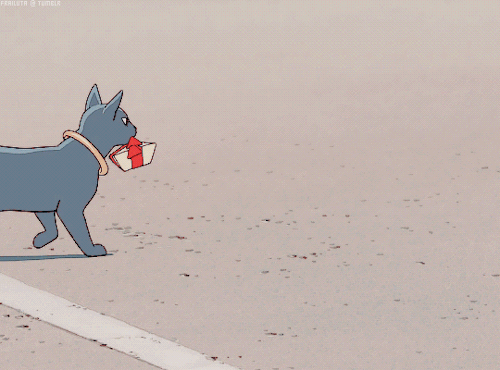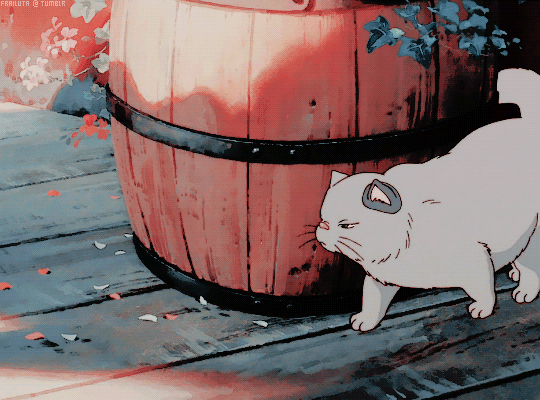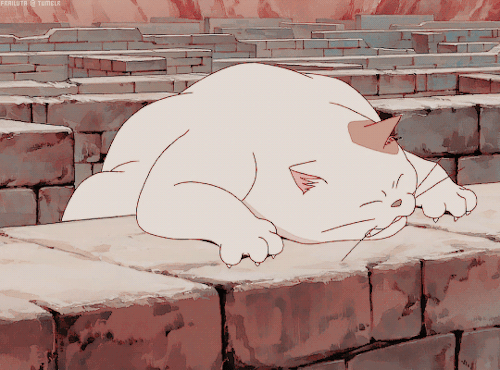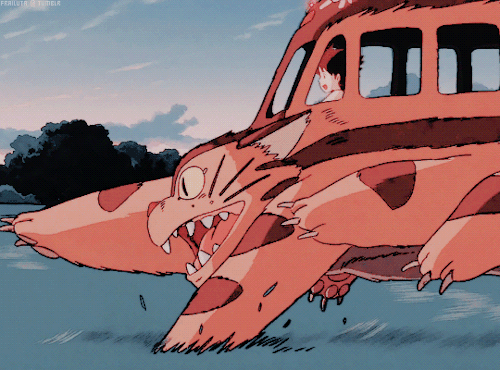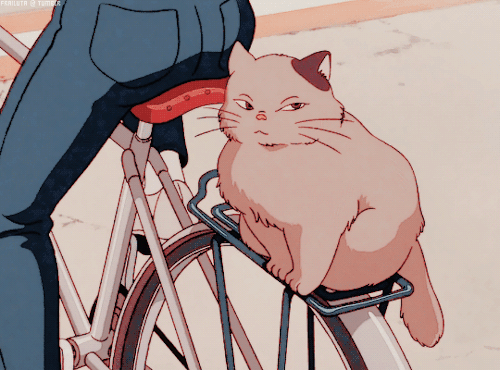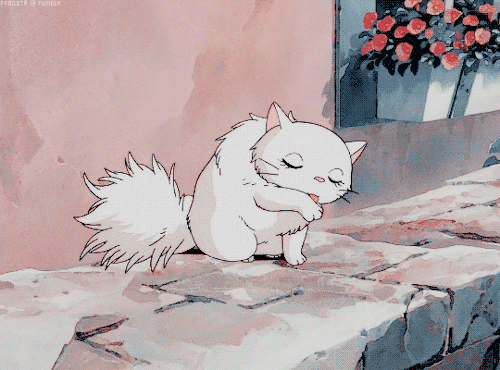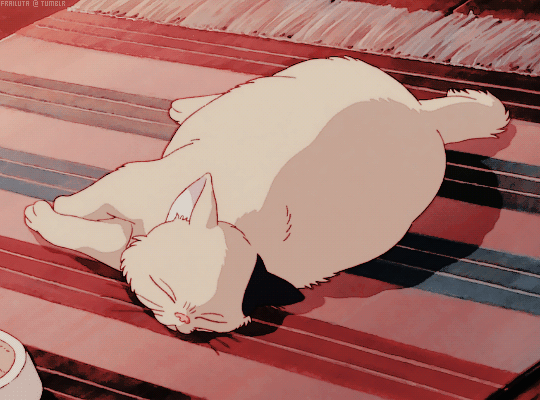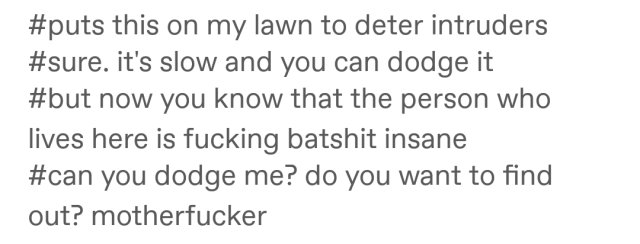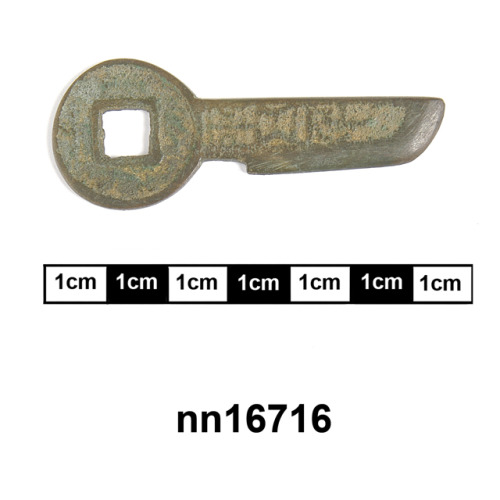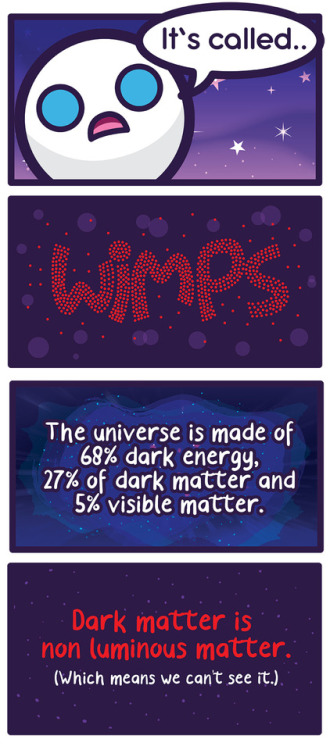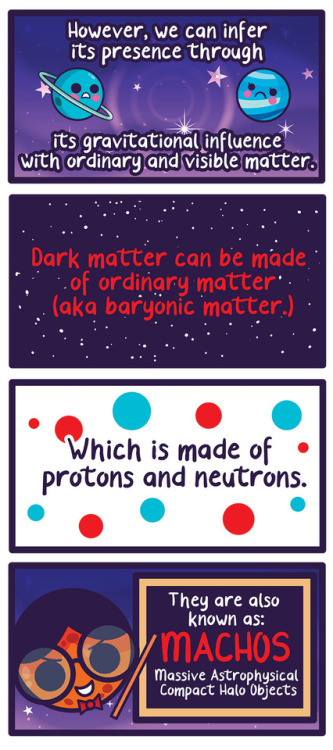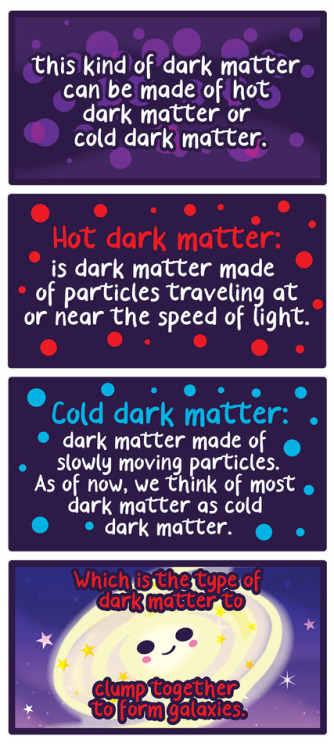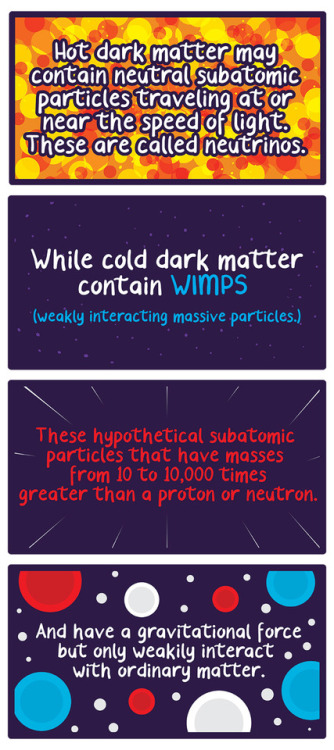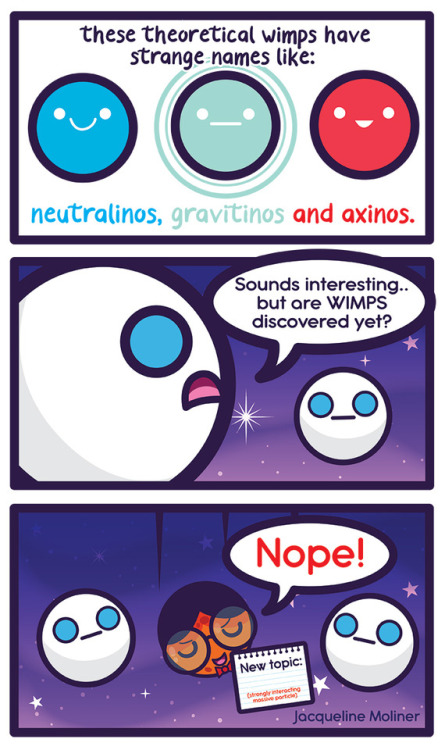Patently Absurd
Éire, Cymru, Alba, Kernow, Breizh, and Ellan Vannin.
Ireland, Wales, Scotland, Cornwall, Brittany, and the Isle of Mann respectively.
They’re all related, but not the same. They all have different languages descended from a similar group, Irish (Gaeilge), Scottish (Gàidhlig), Manx (Gaelg), Welsh (Cymraeg), Cornish (Kernowek), and Breton (Brezhoneg). Some are more widely spoken than others, for example Welsh is still commonly spoken in Wales, whereas hearing Cornish in Cornwall instead of English is rare.
All Celtic nations have varied mythology and culture.
Irish Mythology is different from Breton Mythology, and even Welsh and Cornish mythology (arguably the most related Celtic Nations) have subtle differences to each other. I wish I could add more about the cultures at this time but my knowledge of Celtic nations is primarily made up of the history and languages of those regions, particularly Cornwall.
You might have notice that England and English are missing from this, because the English descended from Anglo-Saxons, who were German invaders that came to the isles right around the Fall of the Roman empire in the 5th Century, erasing the Celtic influence in what is now England.
So what this all really means is that Celtic is an umbrella term, and just because it’s Celtic doesn’t mean it has anything to do with Ireland at all. So don’t assume that just because someone’s talking about something Celtic that they’re talking about something Irish.
I actually didn’t know this. Thank you, tumblr person
I love you for this. I love learning and this day started in a good note.
Furthermore there are currently six modern Celtic languages divided into two families. The Goidelic or Gaelic languages: Irish, Scots Gaelic and Manx, which are all descended from Middle Irish; and the Brythonic languages: Welsh, Cornish and Breton all descended from Common Brythonic. It should be noted that both Manx and Cornish are revived languages, that is they effectively died (There were no living native speakers) for a time, but revitalisation efforts amongst the communities to learn the languages as second languages resulted in children picking up the languages as their first language, thus returning the languages to living languages with communities of native speakers. Although all of the languages are growing in number of speakers at each count, only Welsh is not counted as being endangered. This revitalisation is part of why the written form of Manx is so different to that of its sisters, despite the close similarity of the spoken form; its spelling is designed to make sense to a native English speaker, whereas Irish and Gaelic use a more traditional phonetic spelling system which only makes sense if you are used to the concept of a séimhiú being represented by the letter h. The Manx for “Isle of Man”, for example, is “Ellan Vannin” whereas the Irish name is “Oileán Mhanann” while the spelling is very different the actual pronunciation is almost identical. Both refer to Manannán mac Lir of the Tuath dé Danann, an ancient race of supernatural creatures, often interpreted as a christian retelling of the ancient Gaelic gods.
Also, depending on who you ask, there’s a seventh Celtic nation! It’s Galicia, a region in northwestern Spain. Opinions are divided as to whether it’s Celtic enough to “count”, but here are some sources for further reading:
BBC: Where is the seventh Celtic nation?
Spain Then and Now: The Celts in Spain
Journal of Interdisciplinary Celtic Studies: Celtic Legacy in Galicia
University of Pennsylvania Museum: The Modern Celts of Northern Spain
…and I can’t help but link to my own post of the beautiful song “Va unan,” sung in Breton and Spanish by the chorus “L’Ensemble choral du bout du monde” with the Spanish guest vocalist Jesús Cifuentes from the band Celtas Cortos.
I think I’m honor bound to always repost this.
And, of course, when Caesar defeated the Celts he was fighting in…modern France, roughly halfway between Lyon and Paris. Celtic art
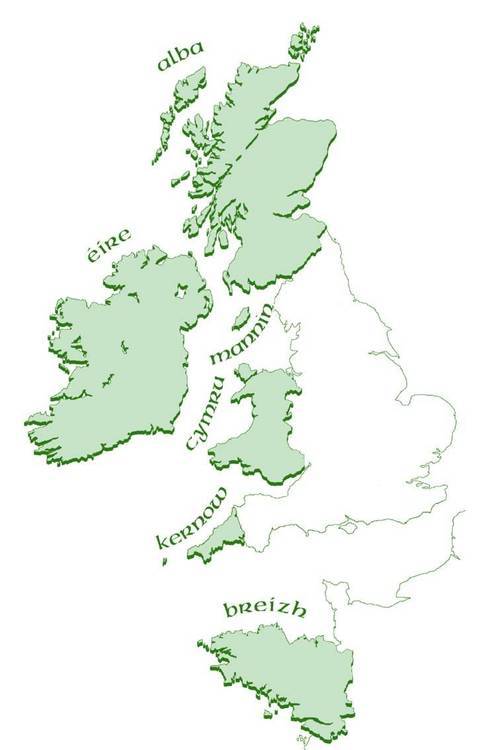
Éire, Cymru, Alba, Kernow, Breizh, and Ellan Vannin.
Ireland, Wales, Scotland, Cornwall, Brittany, and the Isle of Mann respectively.
They’re all related, but not the same. They all have different languages descended from a similar group, Irish (Gaeilge), Scottish (Gàidhlig), Manx (Gaelg), Welsh (Cymraeg), Cornish (Kernowek), and Breton (Brezhoneg). Some are more widely spoken than others, for example Welsh is still commonly spoken in Wales, whereas hearing Cornish in Cornwall instead of English is rare.
All Celtic nations have varied mythology and culture.
Irish Mythology is different from Breton Mythology, and even Welsh and Cornish mythology (arguably the most related Celtic Nations) have subtle differences to each other. I wish I could add more about the cultures at this time but my knowledge of Celtic nations is primarily made up of the history and languages of those regions, particularly Cornwall.
You might have notice that England and English are missing from this, because the English descended from Anglo-Saxons, who were German invaders that came to the isles right around the Fall of the Roman empire in the 5th Century, erasing the Celtic influence in what is now England.
So what this all really means is that Celtic is an umbrella term, and just because it’s Celtic doesn’t mean it has anything to do with Ireland at all. So don’t assume that just because someone’s talking about something Celtic that they’re talking about something Irish.
I actually didn’t know this. Thank you, tumblr person
I love you for this. I love learning and this day started in a good note.
Furthermore there are currently six modern Celtic languages divided into two families. The Goidelic or Gaelic languages: Irish, Scots Gaelic and Manx, which are all descended from Middle Irish; and the Brythonic languages: Welsh, Cornish and Breton all descended from Common Brythonic. It should be noted that both Manx and Cornish are revived languages, that is they effectively died (There were no living native speakers) for a time, but revitalisation efforts amongst the communities to learn the languages as second languages resulted in children picking up the languages as their first language, thus returning the languages to living languages with communities of native speakers. Although all of the languages are growing in number of speakers at each count, only Welsh is not counted as being endangered. This revitalisation is part of why the written form of Manx is so different to that of its sisters, despite the close similarity of the spoken form; its spelling is designed to make sense to a native English speaker, whereas Irish and Gaelic use a more traditional phonetic spelling system which only makes sense if you are used to the concept of a séimhiú being represented by the letter h. The Manx for “Isle of Man”, for example, is “Ellan Vannin” whereas the Irish name is “Oileán Mhanann” while the spelling is very different the actual pronunciation is almost identical. Both refer to Manannán mac Lir of the Tuath dé Danann, an ancient race of supernatural creatures, often interpreted as a christian retelling of the ancient Gaelic gods.
Also, depending on who you ask, there’s a seventh Celtic nation! It’s Galicia, a region in northwestern Spain. Opinions are divided as to whether it’s Celtic enough to “count”, but here are some sources for further reading:
BBC: Where is the seventh Celtic nation?
Spain Then and Now: The Celts in Spain
Journal of Interdisciplinary Celtic Studies: Celtic Legacy in Galicia
University of Pennsylvania Museum: The Modern Celts of Northern Spain
…and I can’t help but link to my own post of the beautiful song “Va unan,” sung in Breton and Spanish by the chorus “L’Ensemble choral du bout du monde” with the Spanish guest vocalist Jesús Cifuentes from the band Celtas Cortos.
I think I’m honor bound to always repost this.
And, of course, when Caesar defeated the Celts he was fighting in…modern France, roughly halfway between Lyon and Paris. Celtic art
Éire, Cymru, Alba, Kernow, Breizh, and Ellan Vannin.
Ireland, Wales, Scotland, Cornwall, Brittany, and the Isle of Mann respectively.
They’re all related, but not the same. They all have different languages descended from a similar group, Irish (Gaeilge), Scottish (Gàidhlig), Manx (Gaelg), Welsh (Cymraeg), Cornish (Kernowek), and Breton (Brezhoneg). Some are more widely spoken than others, for example Welsh is still commonly spoken in Wales, whereas hearing Cornish in Cornwall instead of English is rare.
All Celtic nations have varied mythology and culture.
Irish Mythology is different from Breton Mythology, and even Welsh and Cornish mythology (arguably the most related Celtic Nations) have subtle differences to each other. I wish I could add more about the cultures at this time but my knowledge of Celtic nations is primarily made up of the history and languages of those regions, particularly Cornwall.
You might have notice that England and English are missing from this, because the English descended from Anglo-Saxons, who were German invaders that came to the isles right around the Fall of the Roman empire in the 5th Century, erasing the Celtic influence in what is now England.
So what this all really means is that Celtic is an umbrella term, and just because it’s Celtic doesn’t mean it has anything to do with Ireland at all. So don’t assume that just because someone’s talking about something Celtic that they’re talking about something Irish.
I actually didn’t know this. Thank you, tumblr person
I love you for this. I love learning and this day started in a good note.
Furthermore there are currently six modern Celtic languages divided into two families. The Goidelic or Gaelic languages: Irish, Scots Gaelic and Manx, which are all descended from Middle Irish; and the Brythonic languages: Welsh, Cornish and Breton all descended from Common Brythonic. It should be noted that both Manx and Cornish are revived languages, that is they effectively died (There were no living native speakers) for a time, but revitalisation efforts amongst the communities to learn the languages as second languages resulted in children picking up the languages as their first language, thus returning the languages to living languages with communities of native speakers. Although all of the languages are growing in number of speakers at each count, only Welsh is not counted as being endangered. This revitalisation is part of why the written form of Manx is so different to that of its sisters, despite the close similarity of the spoken form; its spelling is designed to make sense to a native English speaker, whereas Irish and Gaelic use a more traditional phonetic spelling system which only makes sense if you are used to the concept of a séimhiú being represented by the letter h. The Manx for “Isle of Man”, for example, is “Ellan Vannin” whereas the Irish name is “Oileán Mhanann” while the spelling is very different the actual pronunciation is almost identical. Both refer to Manannán mac Lir of the Tuath dé Danann, an ancient race of supernatural creatures, often interpreted as a christian retelling of the ancient Gaelic gods.
Also, depending on who you ask, there’s a seventh Celtic nation! It’s Galicia, a region in northwestern Spain. Opinions are divided as to whether it’s Celtic enough to “count”, but here are some sources for further reading:
BBC: Where is the seventh Celtic nation?
Spain Then and Now: The Celts in Spain
Journal of Interdisciplinary Celtic Studies: Celtic Legacy in Galicia
University of Pennsylvania Museum: The Modern Celts of Northern Spain
…and I can’t help but link to my own post of the beautiful song “Va unan,” sung in Breton and Spanish by the chorus “L’Ensemble choral du bout du monde” with the Spanish guest vocalist Jesús Cifuentes from the band Celtas Cortos.
I think I’m honor bound to always repost this.
And, of course, when Caesar defeated the Celts he was fighting in…modern France, roughly halfway between Lyon and Paris. Celtic art

